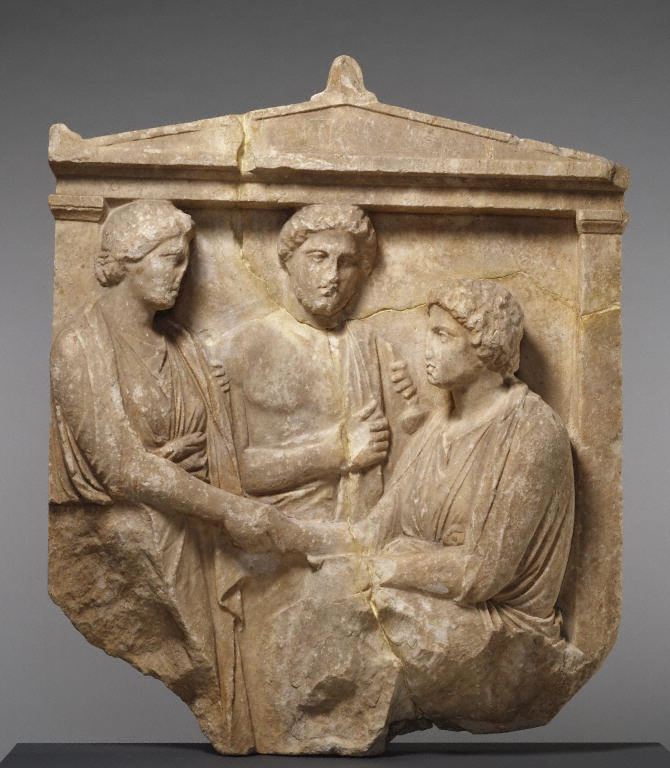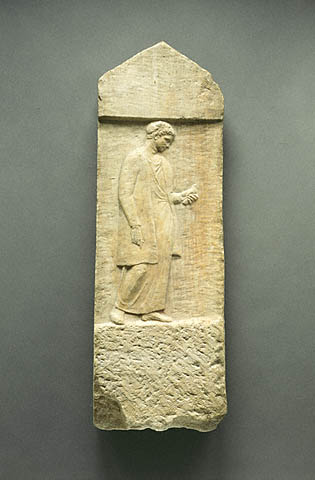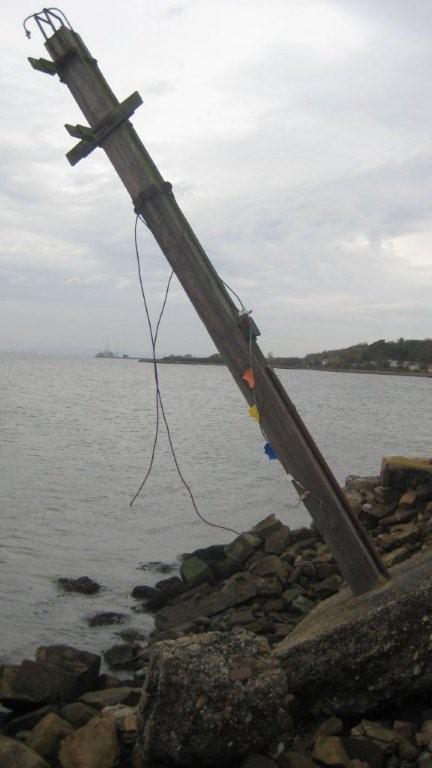Thomas the 7th Earl of Elgin’s collection of marbles and other artefacts now scattered around the globe.
The specious arguments used as justification for the removal of the Parthenon and other Marbles/relics by Thomas the 7th Earl of Elgin at the beginning of the 19 century have long been discredited.
The Earl’s dodgy Firman<sic>, lying to parliament and violation of sepulchre are covered in detail on my Elgin Cheated at Marbles blog here: LINK
This leaves the conservation/preservation of antiquities and public access arguments as being the two remaining main planks of the British Museum/Elgin case.
Taking the latter argument first. Surely the fact that one of the main ornamental marbles from the Parthenon, the headless statue of the river-god Ilissos, is heading to a museum in St Petersburg, Russia rather demolishes the case that the marbles would be seen by more people in London, the world centre for museum artefacts?
The British Museum’s director Neil MacGregor, like his predecessors justifies the retention of the Parthenon Marbles by arguing that the BM is a “museum of the world, for the world”. That may be so, but if it is, then why should it’s most famous exhibit be split up and shared with a museum in St Petersburg, which cannot be said to be the centre of anything much?
Many observers of the Parthenon Marbles lose sight of the fact that at the time the Westminster parliament bought them they were only part of a large and varied collection of items stolen from sacred sites all over Greece. Many of Elgin’s catalogued items were funereal gifts obtained by grave-robbing. The extraordinary amount of tombs robbed in Athens alone were described in his catalogue presented to parliament which described among other funereal loot: “Some hundreds of large and small earthen-ware Urns or Vases discovered in digging in the ancient Sepulchres round Athens.” LINK

The above gravestone is that of Naiskos of Theogenis with her mother, Nikomache, and her brother Nikodemos.
As well as these urns there were also many stele, or Greek grave markers, like the above which were not catalogued by Visconti for Elgin in 1816 and adorn the walls of the Elgin’s ancestral mansion at Broomhall, near Dunfermline. They will be seen by no one except guests or visitors to this private, stately, home. LINK
Other stele may be seen in a museum, but not the British Museum, rather the private collection of the late John Paul Getty who bought some of the ones from the Elgin collection from the 11th, current Earl at a time when he was short of cash. LINK

Above is the Grave Stele of Myttion
Others may have been sold to other bidders and we simply do not know the extent of this scattering of the Elgin plunder, as his descendents do not disclose these facts, and consequently we are left to glean the information from others, such as Getty. And of course who’s to say that stele such as Getty’s of Myttion LINK might not be loaned out or sold on?
Now turning to the question of the preservation of priceless and delicate artefacts of the Elgin collection has mainly centred on the mistreatment of the Parthenon Marbles by the British Museum and this has been well documented, but what about the funereal artefacts held at Broomhall? The many priceless monumental sculptures and stonework should be carefully looked after, but will they be?
I took some photos of the Elgin’s pier at Limekilns, a stones-throw from Broomhall and as can be seen if this is the level of neglect on their own masonry, what are the prospects for relics from 400 BC? LINK
The pier with signal post leaning into the sea was to be repaired according to a promise by the current, 11th Earl of Elgin, a promise he failed to keep and it is now on lease to a charity who will repair it with HLF monies and other charitable donations then hand it back to the Elgins. 
The justification for the retention of Elgin’s loot looks weaker by the day and apologists for his actions have little to argue with, as each new development removes another piece of the fig-leaf of a ‘noble motive‘ alibi for what was, in fact, a crime of theft motivated by naked greed.
To conclude we know that some of Elgin’s Greek plunder is in the London, England, some in St Petersburg, Russia, some in Broomhall, Scotland and some in Malibu, California, USA; but where else has it been sold to?
The gold wreath in myrtle, thought at the time to be from the tomb of Aspasia, was kept in the Elgin family’s private collection and eventually sold to the British Museum in 1960 when the family was short of cash, but what of the other priceless artefacts of historical and cultural significance not bought by the British Museum in 1816? These may have been sold by Elgin’s family to private collectors and may – like the Broomhall booty – never be seen by the public.
UPDATE, 22/08/2016: The Elgin family estate continues to sell assets to raise funds as evidenced by this article from the Dunfermline Press of Thursday August 18, 2016. LINK
UPDATE 03/06/2021. The Elgin family estate’s plans to build 2,000 houses at their Broomhall estate (well away from the big house) on a greenfield site is to go ahead in 2022. LINK

